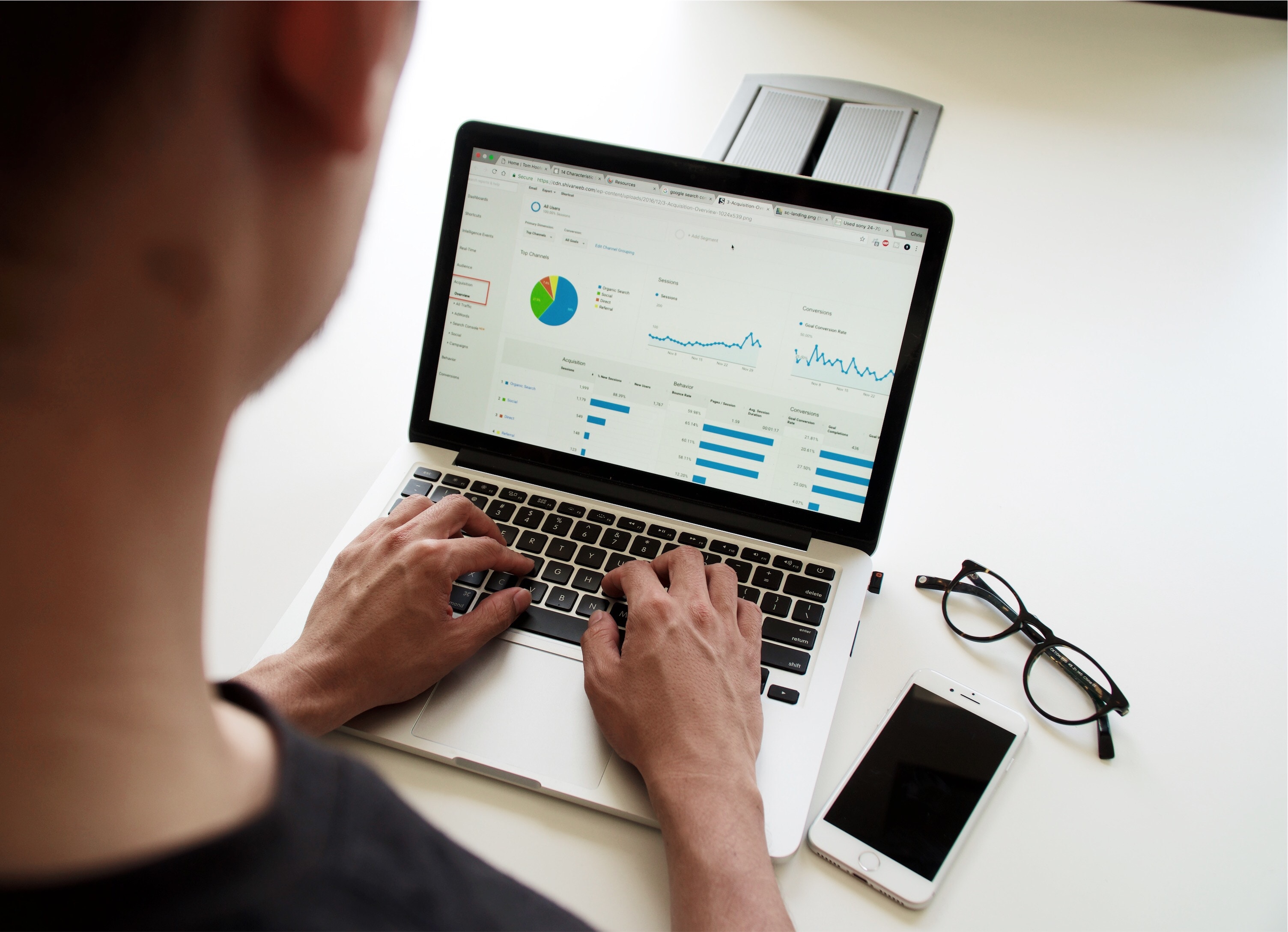Long patient lines in waiting rooms are a real burden for office staff and patients themselves. Not only can patients have lower levels of satisfaction with the office because of longer lines, but in the flurry of a busy office, bill collections may be missed or put off or data may be entered incorrectly.

Patient kiosks can reduce many of these burdens, helping your office run more smoothly and providing a better experience for patients and staff alike.
One of the clear benefits of using a patient kiosk system is improving the patient check-in experience. Patients can check in for appointments, make or change future appointment times, and input other key information. Not only can this reduce patient wait times but it can also relieve pressure on the front desk, allowing them to focus on the tasks that require more diligent attention. Patients can always see someone up front for support, but basic tasks can be finished much more quickly through a kiosk system.
In addition to saving time for patients and staff, patient kiosks can also help your office collect more money. When patients check in, a kiosk can remind them about outstanding bills or collect visit copays. Having an automated kiosk ensures patients will be reminded every visit of any outstanding bills, and they could even receive prompts directing them to go see the front desk if their bills have been outstanding for too long. Copay collection can also be a faster process with kiosks that have credit card terminals. Rather than taking up receptionists’ time with the swiping of a card and the printing of a receipt, the kiosk takes care of these basic tasks.
Lastly, and certainly as important as the others, a key benefit of using patient kiosks is the reduction of data input errors. As patients enter their own demographic and insurance information into an electronic health records system through the kiosk, the chance is greatly lessened that there will be information errors. Patients can scan their insurance cards, verify their own address and phone number, and check their name and birth date, among other things. This ensures that your office has more accurate billing and contact information and puts the responsibility on the patient to pay attention to these questions.
Having patient kiosks can improve many aspects of the office experience, not to mention reduce clerical errors and help collect outstanding bills and copays in a timely manner. In the end, this not only makes patient interactions more enjoyable with the office, but it also eases the burden on your office staff, two key aspects of keeping an office running smoothly.


